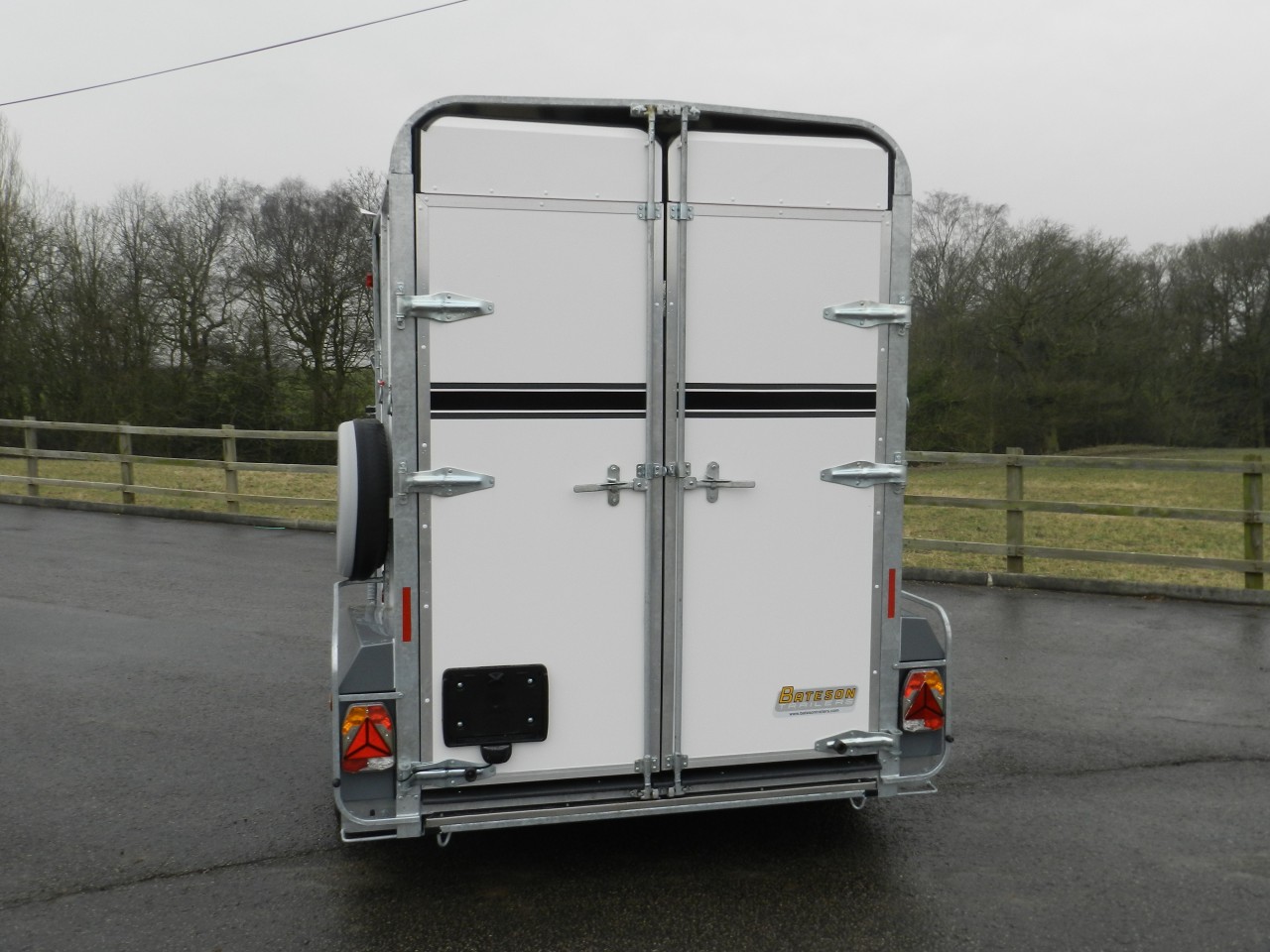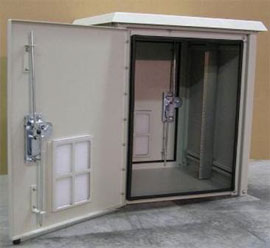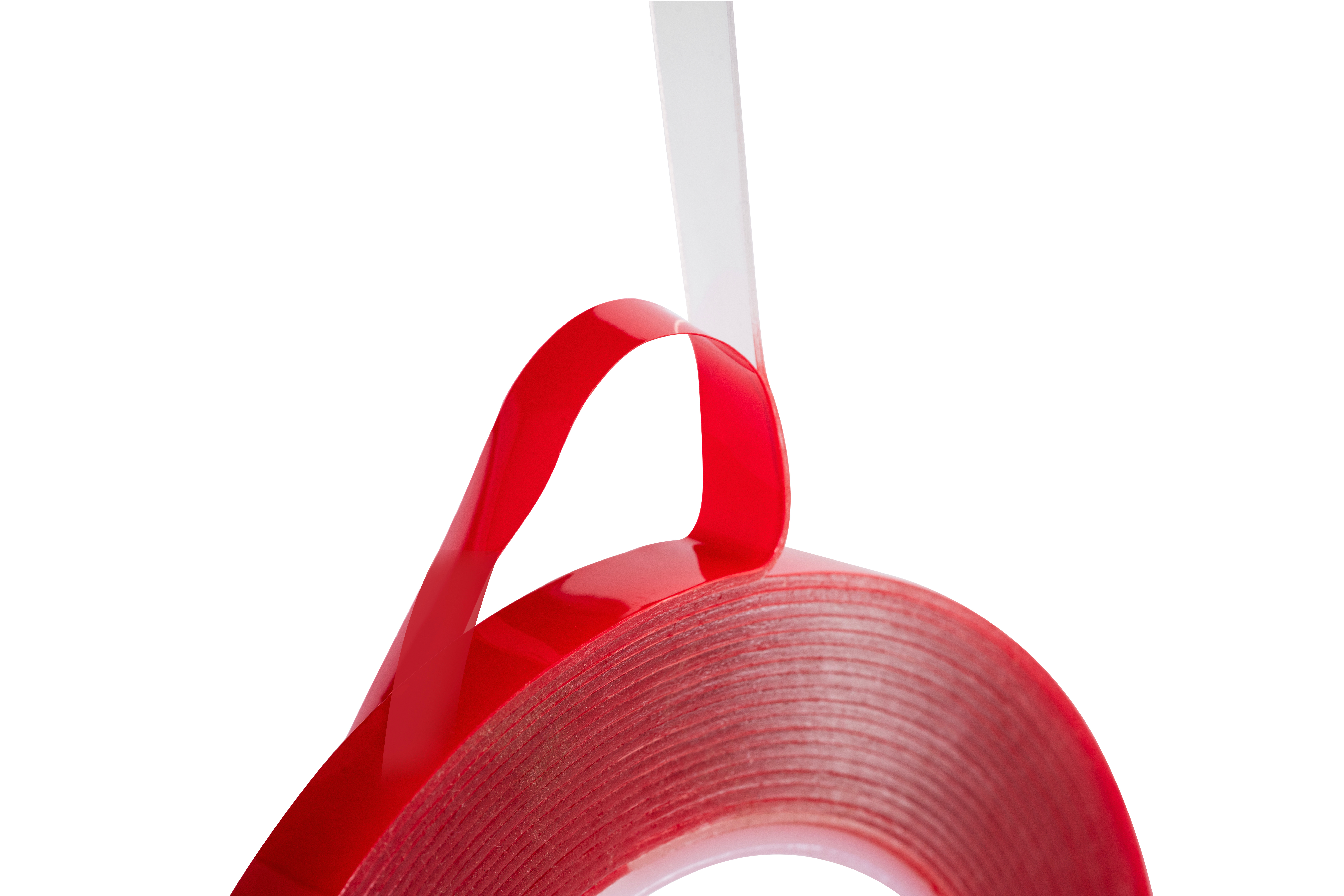In addition to selecting the type of latch for your application, as we discussed in our "What Type of Latch Should I Choose?" post, manufacturers in wheeled vehicle and other industrial markets must also decide whether the use of a single or a multi-point latch is best.
The taller or wider the door, the easier it could fail or be compromised. For example, a 6-foot high door using a single-point latch with actuation only at the center could be easily flexed at the top and bottom, especially if the door is relatively thin (which is common for cost saving). Conversely, a relatively small cabinet door may not require a more complex (i.e. time consuming to install) multi-point latch and be perfectly secure with a single point latch.Each of the three basic major categories, deadbolt latch, slam latch, and compression latch, can be fitted to an application as a single or multi-point latching system. In some applications, such as for personnel restraint, FMVSS regulations often require a multi-point latching system. However, in situations where there is no specific legal regulation or requirement, the most significant determining factor in choosing between a single or multi-point latch is the size of the door. When a multi-point latch is selected, another inherent decision is whether actuation should be driven by rods or cables.Rods and cables each have their own set of advantages and disadvantages, so the decision can often come down to personal preference, cost, and resources available to the manufacturer. Here’s a look at some of those specific advantages and disadvantages:
When a multi-point latch is selected, another inherent decision is whether actuation should be driven by rods or cables.Rods and cables each have their own set of advantages and disadvantages, so the decision can often come down to personal preference, cost, and resources available to the manufacturer. Here’s a look at some of those specific advantages and disadvantages:
 When a multi-point latch is selected, another inherent decision is whether actuation should be driven by rods or cables.Rods and cables each have their own set of advantages and disadvantages, so the decision can often come down to personal preference, cost, and resources available to the manufacturer. Here’s a look at some of those specific advantages and disadvantages:
When a multi-point latch is selected, another inherent decision is whether actuation should be driven by rods or cables.Rods and cables each have their own set of advantages and disadvantages, so the decision can often come down to personal preference, cost, and resources available to the manufacturer. Here’s a look at some of those specific advantages and disadvantages:Rods
Advantages
- Rods are used more commonly because they're stronger and more durable than cables
- Rods can be bent and formed more easily now than in the past, allowing them to be designed around obstacles (one of the benefits of cables is it can more easily go around obstacles)
- Rods can be bent to provide compression at the latching points
- If a door does have significant obstacles, rods would have to be bent around the obstacles, weakening the rod and adding cost to the operation
- Rods are also subject to rattling thus can be quite noisy

Advantages
- They can more easily go around obstacles in the door such as the framing or other “guts” of the door
- They can be adjusted for tension whereas rods cannot - this is especially true when used with rotary latches which require adjustment more frequently than other latches
- Cables operate much more quietly than rods
- Cables are not as strong or durable as rods
- Cables are also not as durable as rods as they can stretch, fray, come apart at the crimp, and break more easily
- Cables are more complex than rods in that they require more components for assembly







